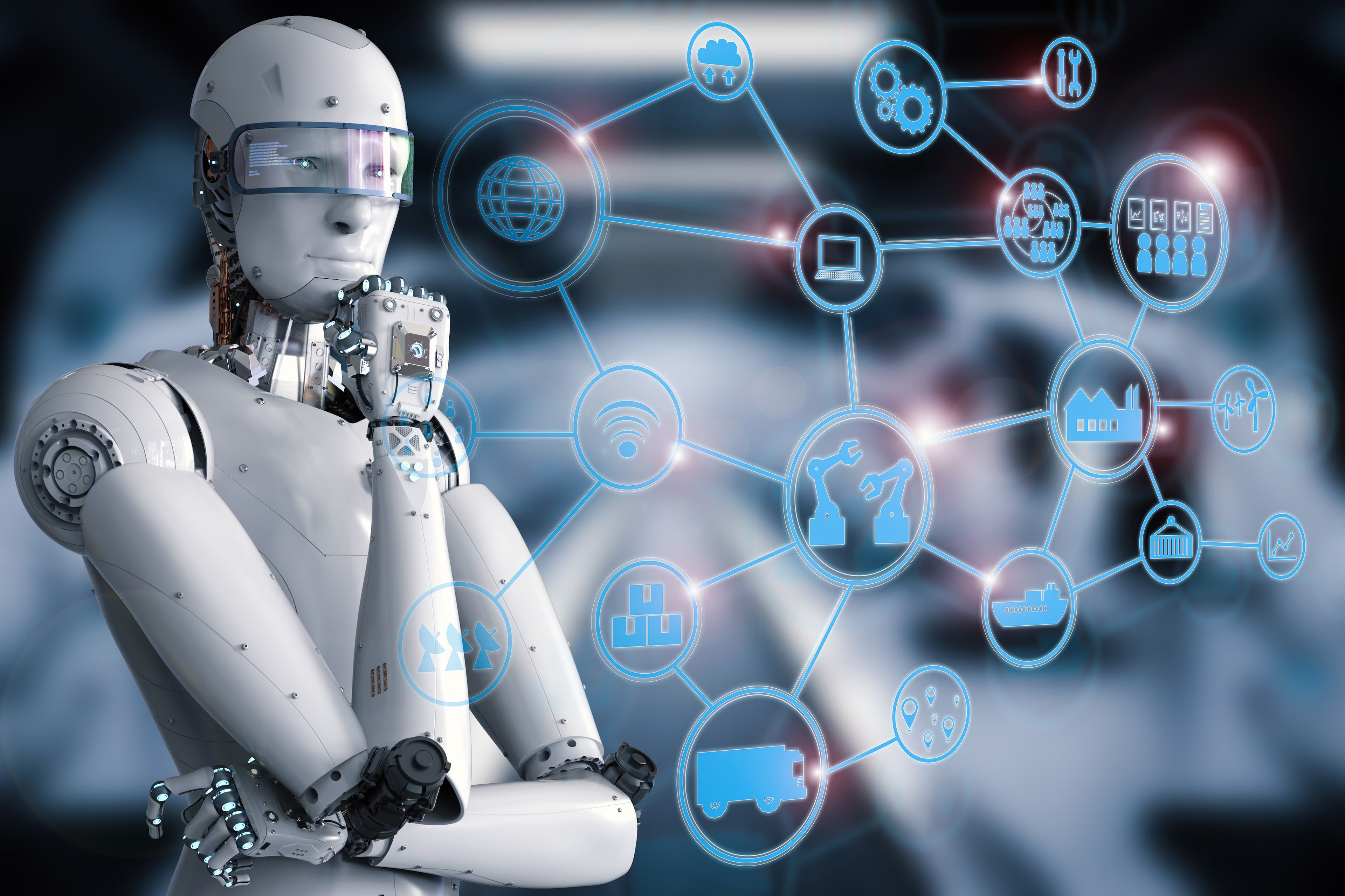Introduction
The IT services industry stands at a pivotal crossroads. Traditional delivery models—built on decades of outsourcing, managed services, and custom software development—are being challenged by Generative AI Integration Services that can automate, augment, and reinvent core business functions.
From India’s IT giants like TCS, Infosys, and Wipro to global consulting leaders, the race is on to embed generative AI into service offerings, transforming everything from operational efficiency to customer engagement. This is not just an upgrade—it’s a reinvention of the IT services playbook.

1. Why Generative AI Is the Catalyst for IT Service Reinvention
Generative AI is no longer a standalone innovation. Its true potential emerges when integrated into enterprise workflows, platforms, and industry-specific systems. Key drivers include:
Hyper-Automation: Reducing manual intervention in coding, data processing, and reporting.
Intelligent Decision Support: Enabling data-driven insights with human-like reasoning capabilities.
Personalized Service Delivery: Creating tailored solutions for clients in finance, healthcare, retail, and more.
Cost-to-Value Optimization: Moving from billable hours to outcome-based pricing models.
2. The Financial Times Insight: IT Giants in Transformation Mode
According to a recent Financial Times report, Indian IT leaders are restructuring service portfolios to align with Generative AI Integration Services. This includes:
Upskilling Talent in AI model deployment, fine-tuning, and ethical AI governance.
Modernizing Legacy Systems by embedding AI into ERP, CRM, and supply chain tools.
Partnering with AI Platform Providers to accelerate integration (e.g., OpenAI, Azure AI, Google Vertex AI).
Launching AI Labs & Innovation Centers to co-create with enterprise clients.
3. What Generative AI Integration Services Actually Deliver
To understand the reinvention, we need to break down the service components:
a) Enterprise System Integration
Embedding generative AI into existing enterprise platforms such as:
SAP S/4HANA for predictive inventory
Salesforce for AI-powered customer engagement
ServiceNow for intelligent IT ticket resolution
b) Workflow Automation
Automated documentation generation
AI-driven testing in DevOps pipelines
Natural language process automation in business operations
c) Domain-Specific AI Models
Finance: AI risk assessment, fraud detection, and compliance automation
Healthcare: AI-assisted diagnostics, claims processing, and patient engagement
Manufacturing: Predictive maintenance, design simulation, and supply chain forecasting
4. From Hourly Billing to AI Subscription Models
A Business Insider feature highlights a trend where consulting firms are shifting from traditional billing to subscription-based AI service delivery.
This shift aligns with Generative AI Integration Services, where AI-powered capabilities are packaged as ongoing, scalable solutions rather than one-off projects.
Benefits for clients:
Predictable costs
Faster updates and continuous AI learning
On-demand scalability without large CAPEX investments
5. Banking on Efficiency: The 46% Leap
The Times of India reports that the banking sector in India is poised for nearly 46% efficiency gains through generative AI adoption.
Integration services play a pivotal role in this transformation by:
Linking AI models to core banking systems
Automating regulatory reporting
Enhancing fraud prevention systems
Personalizing customer offers in real-time
6. Challenges in Large-Scale AI Integration
While the potential is massive, IT service providers must navigate:
Data Security & Compliance: GDPR, HIPAA, and sector-specific regulations
Model Reliability: Avoiding AI “hallucinations” through techniques like RAG (Retrieval-Augmented Generation)
Change Management: Helping clients adapt processes and culture to AI-driven workflows
Integration Complexity: Ensuring AI layers interact seamlessly with legacy infrastructure
7. Future Outlook: What’s Next for Generative AI in IT Services
The next 3–5 years will likely see:
Vertical-Specific AI Integration Blueprints (e.g., prebuilt modules for healthcare or BFSI)
AI Governance-as-a-Service offerings
AI-Powered Outsourcing Models where repetitive processes are fully automated
Hybrid Human-AI Teams delivering 24/7 operations at global scale
Conclusion
Generative AI Integration Services are not just enhancing IT services—they are redefining the industry’s core operating model.
Enterprises working with forward-thinking IT service providers can expect:
Faster innovation cycles
Measurable ROI through efficiency gains
Greater competitive advantage in digital transformation
For IT providers, the message is clear: Integrate AI or risk irrelevance.
For clients, the opportunity is equally urgent: Partner with AI-ready service providers and lead the next wave of digital reinvention.
FAQs
Q1: What is included in Generative AI Integration Services?
A1: Services include embedding AI into enterprise systems, automating workflows, building domain-specific AI models, ensuring compliance, and offering ongoing AI performance optimization.
Q2: How do these services benefit IT providers?
A2: They allow IT providers to offer higher-value solutions, differentiate from competitors, and create new recurring revenue models.
Q3: Which industries benefit the most?
A3: BFSI, healthcare, manufacturing, retail, and telecom are currently seeing the fastest adoption due to high volumes of repetitive and data-intensive processes.
Q4: Are Generative AI integrations expensive?
A4: Costs vary, but subscription-based models are making adoption more affordable by spreading expenses over time.
Q5: How long does integration take?
A5: Depending on complexity, small-scale integrations can take 4–6 weeks, while large enterprise transformations may require 6–12 months.
